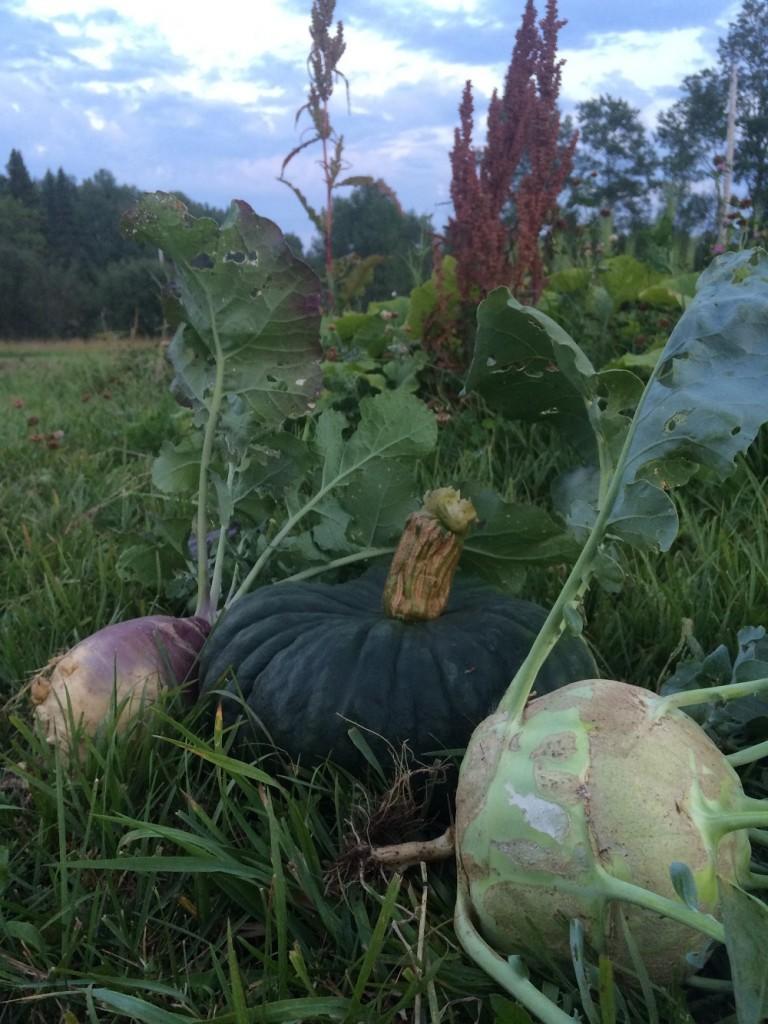Eat Local this Winter with Root Cellaring
by Sara Chow
 Try your hand at root cellaring this fall and enjoy locally grown produce well into the winter.
Try your hand at root cellaring this fall and enjoy locally grown produce well into the winter.Does October really need to mean the end of fresh local food?
You’ve heard about canning, blanching, and freezing, but have you heard about root cellaring? Root cellaring is another great vegetable saving technique that you can learn to help preserve your locally grown produce. In its simplest form, root cellaring doesn’t require a full family affair weekend of preparation, it just requires a cellar or cold room in your basement.
“The easiest way to start root cellaring, is if you already have one,” says Ev McIllfaterick of Root Cellar Gardens, a local farm focused on growing produce that people can store, or learn how to store. “If you don’t have a cellar, then root cellaring can also be done using other cool spaces in your house. It could be a corner or window in your basement, a porch, or the back of a closet with an exterior wall.”
There are few key pieces to consider if you want to root cellar: temperature, humidity, ventilation and the types of produce you want to save. Different produce types have different temperatures and humidity levels that they store better in. To get root cellaring to work, you need to be a little bit creative and willing to experiment with the space you have and the types of produce that will store well there.
Looking for an easy vegetable to start with? McIllfaterick suggests trying beets. “I think the easiest vegetables to try storing are beets. Put your beets in a bucket with dirt, cover them with a lid so they’re in the dark and put them in a cool spot to store until you want to eat them” she says. “If you don’t have a root cellar, you need to be a bit more creative, but you can make it work and store potatoes, onions, rutabaga, squash, garlic and even more. One trick I have heard about is keeping root cellaring produce in an extra fridge.”
Aside from the obvious health benefits of eating locally grown produce, root cellaring is also a great way to help the environment and support local farmers. “As a collective, if we can learn to store food then we help our environment by keeping food as local as possible into the winter months. Additionally, it supports local farmers because if people who can store food do store it, then it gives farmers more storage space to keep food for people who can’t store it. It’s a team effort,” explains McIllfaterick.